Why the UK’s Move to T+1 Settlement Will Reshape Global Financial Markets
The UK is accelerating its securities settlement cycle to T+1, aiming to enhance financial stability and increase efficiency. Sasha Mills, in her recent speech at the UK T+1 Accelerated Settlement Market event hosted by KPMG, outlined the benefits and challenges of the transition, emphasizing the need for robust preparation and cross-border cooperation.
Financial Stability and Efficiency
The UK, following the global trend, recognizes that shorter settlement cycles—along with automation—will bring substantial benefits. A key advantage is risk reduction for market participants and central counterparties (CCPs), which is expected to release around £1 billion in margin. This, in turn, can be redirected for other productive uses. The move to T+1 will also help align the UK's settlement cycle with countries like the US, which already adopted T+1, reducing operational mismatches.
Addressing the Challenges
Despite the clear advantages, the transition to T+1 comes with its own set of challenges. One major concern is adapting to multiple time zones. Since the UK market serves both domestic and global investors, adjustments must accommodate market participants across different time zones. The risk is that international participants, especially those dealing with foreign exchange (FX) settlements, may struggle to meet settlement deadlines unless well-planned solutions are put in place. The Accelerated Settlement Taskforce (AST) is actively addressing these issues by proposing changes to facilitate smooth cross-border settlement within the shortened timeline.
Another challenge is standardizing and automating settlement instructions, which have historically been prone to inefficiencies due to manual processes. The Financial Markets Standards Board (FMSB) has made significant strides by publishing guidelines to standardize these instructions, which will be crucial for reducing errors and streamlining processes.
The Role of Financial Market Infrastructures (FMIs)
FMIs, which provide the essential infrastructure for financial transactions, will play a central role in the transition to T+1. Mills highlighted that FMIs must review their systems and adapt their processes to ensure readiness for the new cycle. The Bank of England expects firms to prioritize necessary investments in automation and system adjustments. By ensuring FMIs are aligned with the new settlement model, the UK can maintain operational resilience and efficiency.
The Road Ahead: Global Coordination and Timeline
Mills noted that aligning the transition date with other regions—particularly the EU and Switzerland—could provide significant benefits. The UK, EU, and Switzerland have agreed to target a coordinated transition on 11 October 2027. This alignment will ease cross-border transactions and ensure that global markets are synchronized.
The Bank of England, alongside regulators like the FCA and HMT, is committed to facilitating the UK's transition to T+1, ensuring financial stability and promoting innovation. Over the next few years, firms will execute their specific project plans in line with the recommendations laid out by the Accelerated Settlement Taskforce. The Bank will continue to engage with firms and oversee the process, ensuring that the transition happens smoothly.
In summary, the shift to T+1 represents a significant change that will reduce risks, enhance liquidity, and improve operational efficiency in UK financial markets. However, the successful implementation of this change will require careful planning, investment, and collaboration both domestically and internationally.
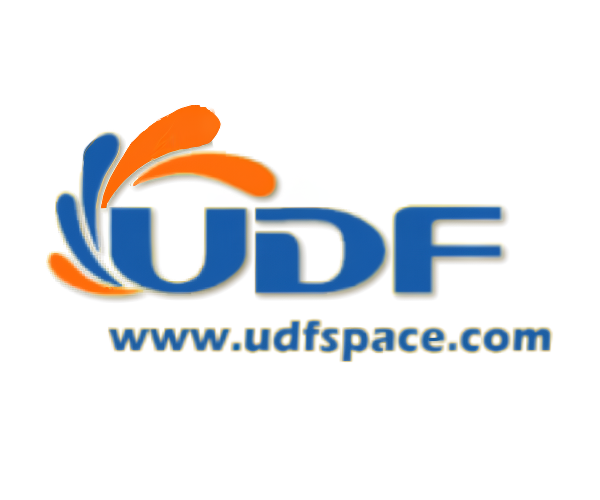







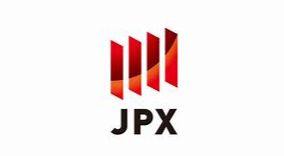


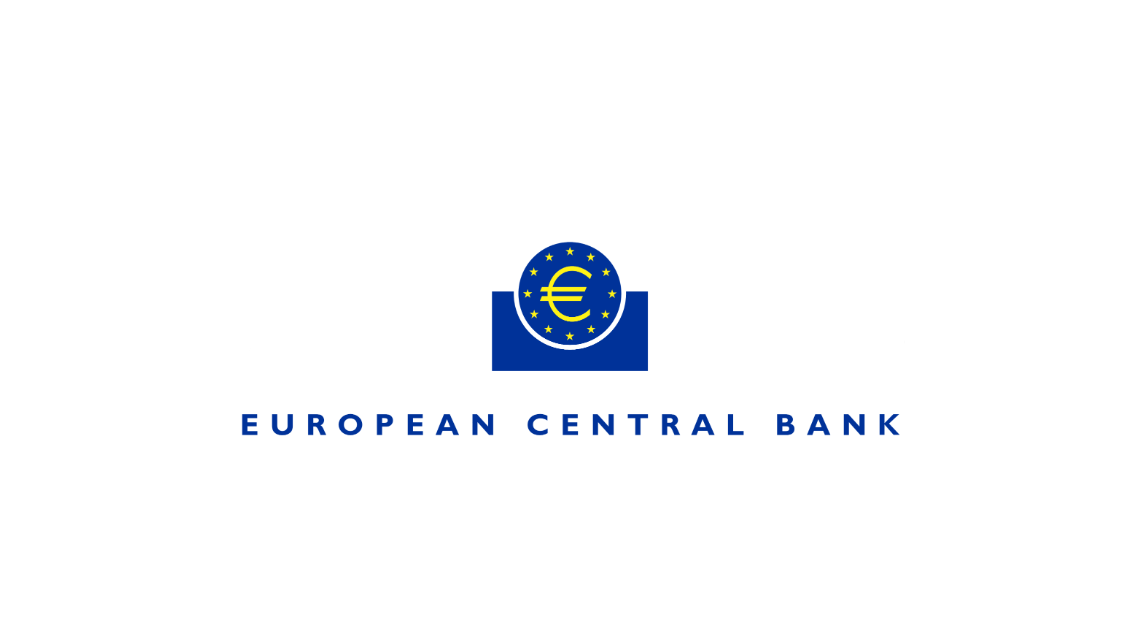
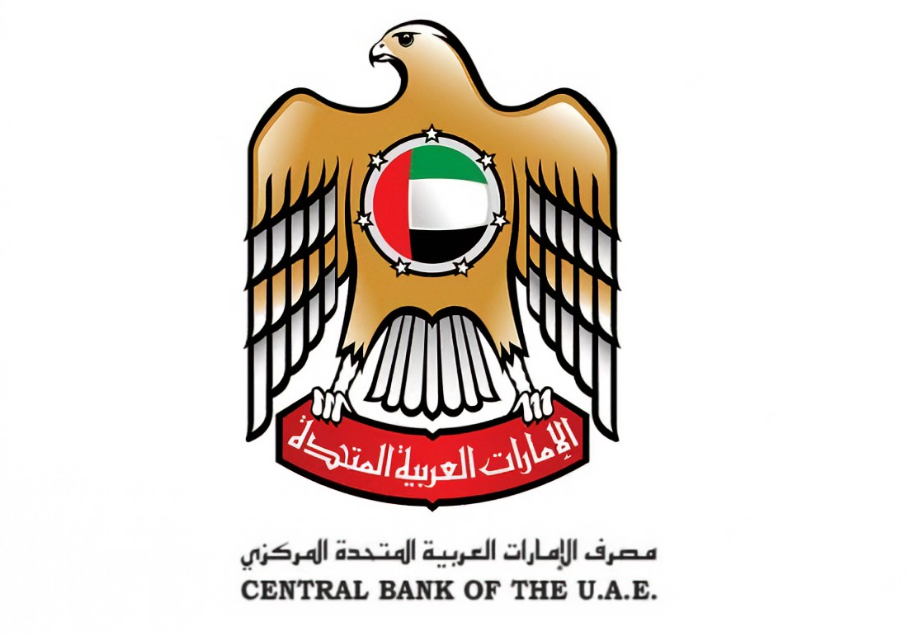

























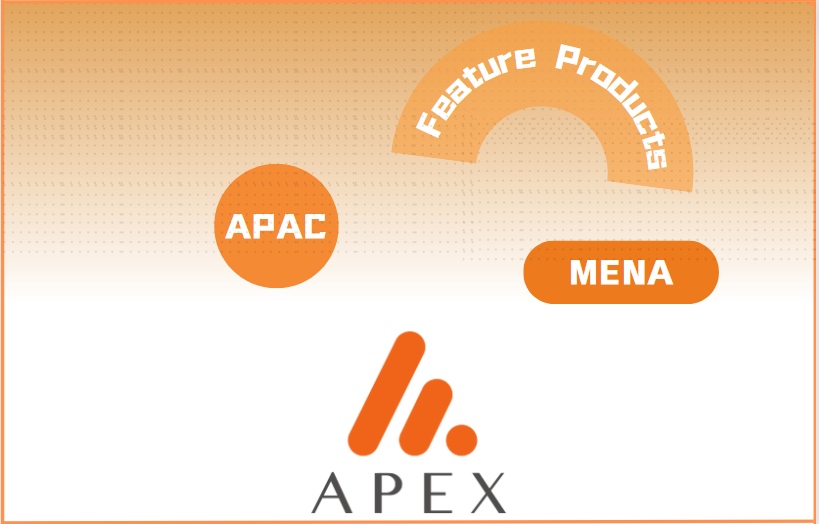















First, please LoginComment After ~